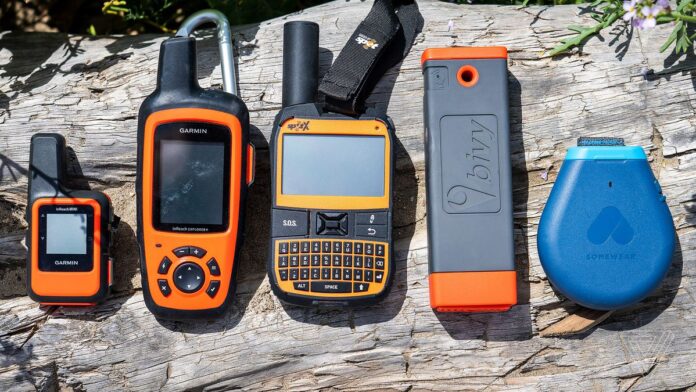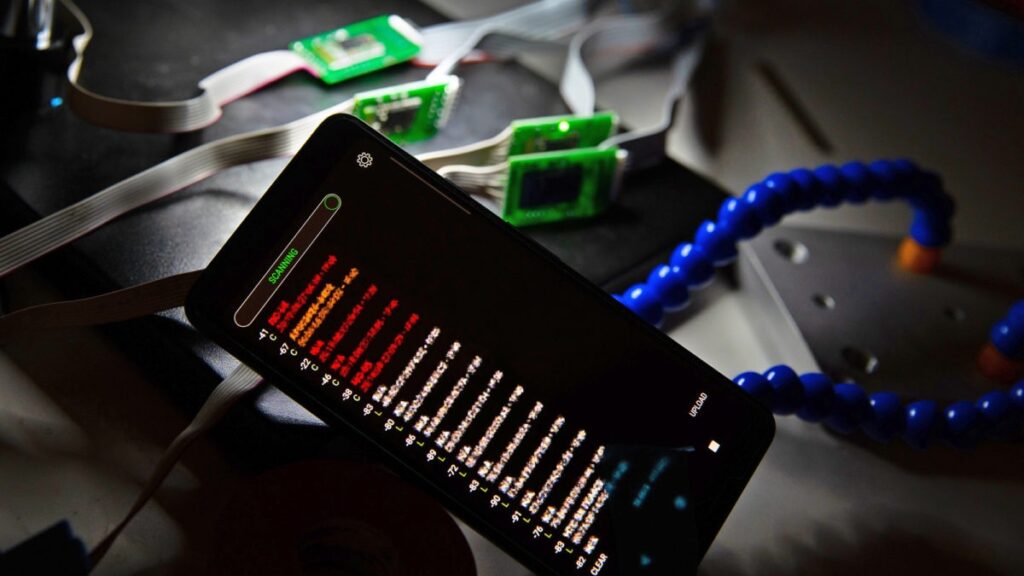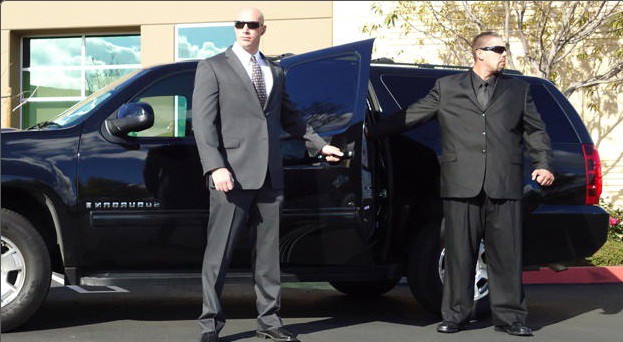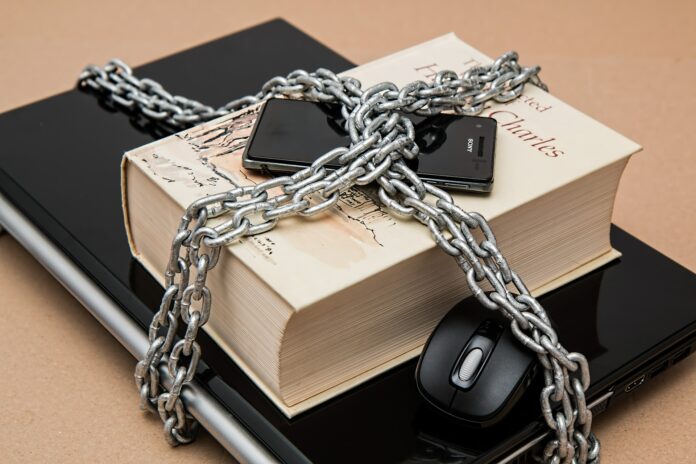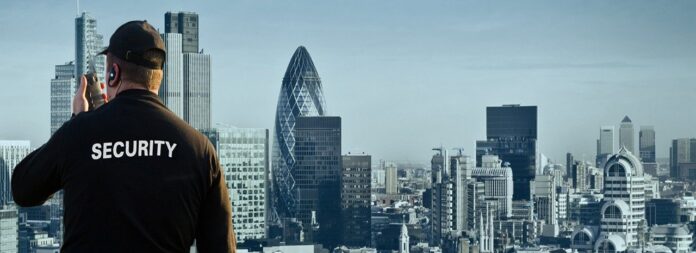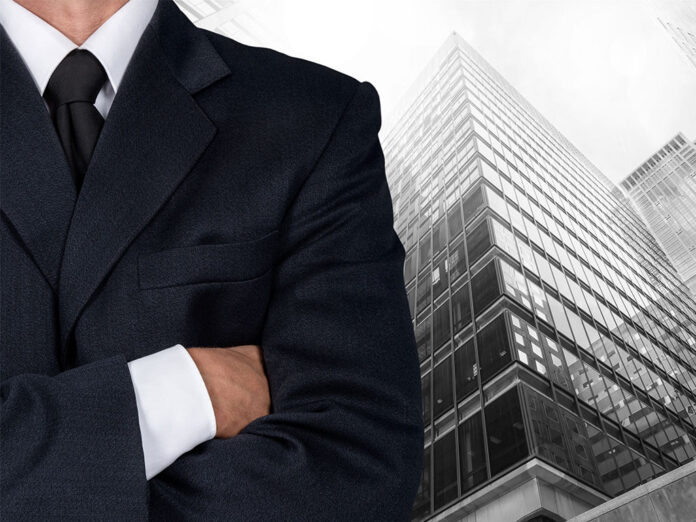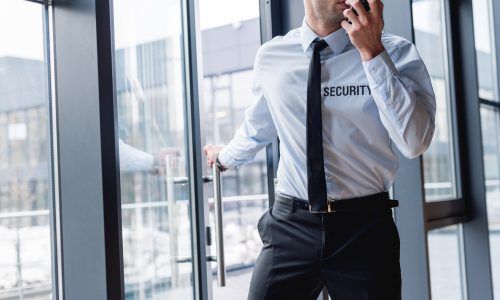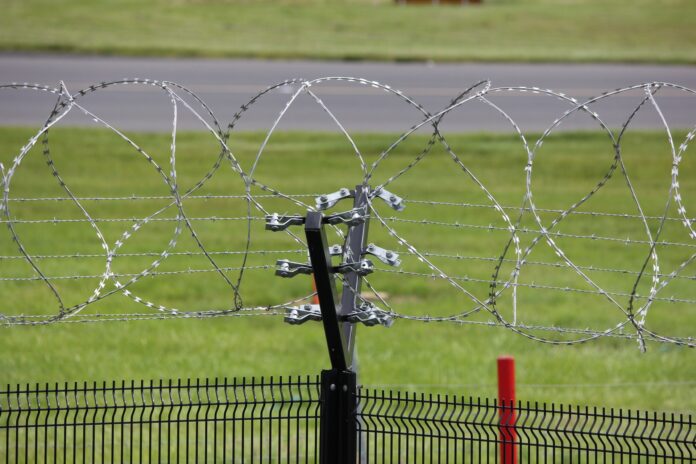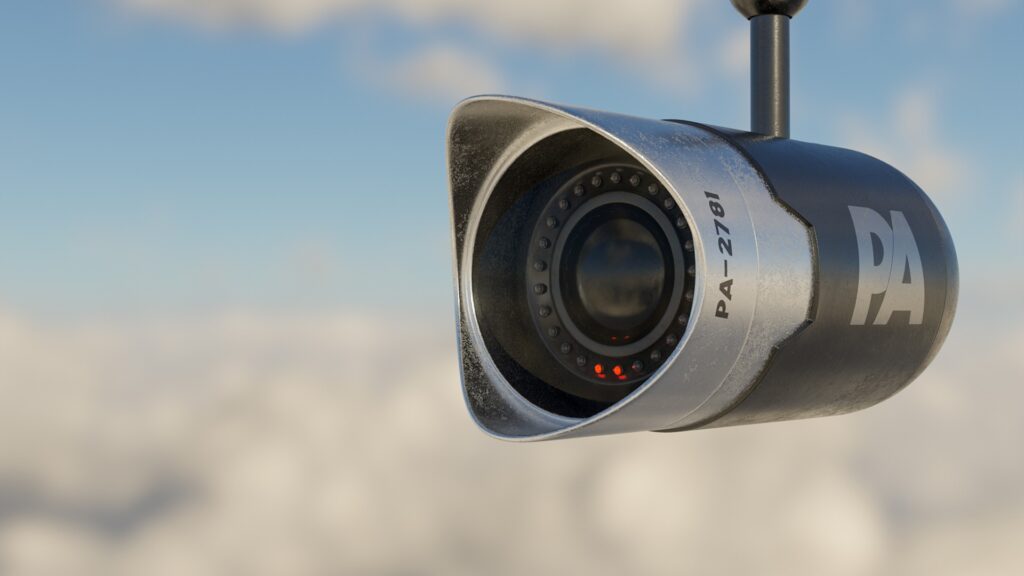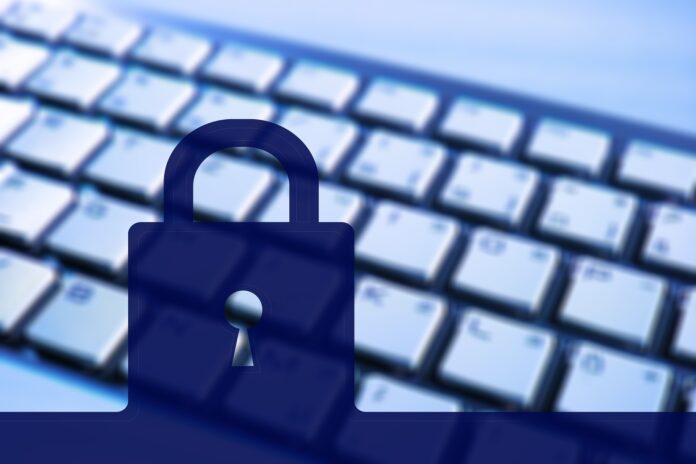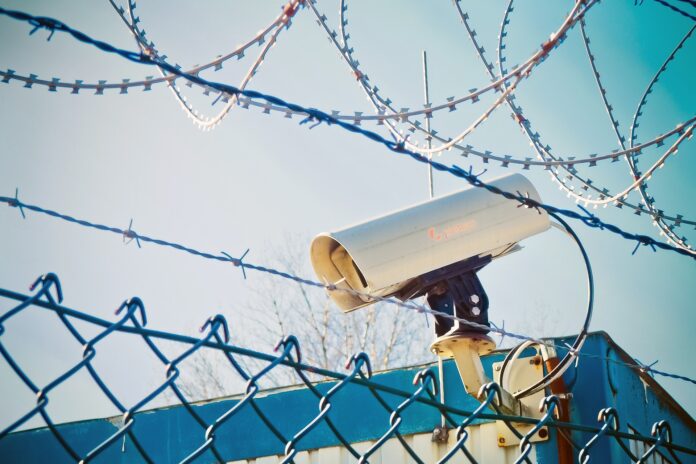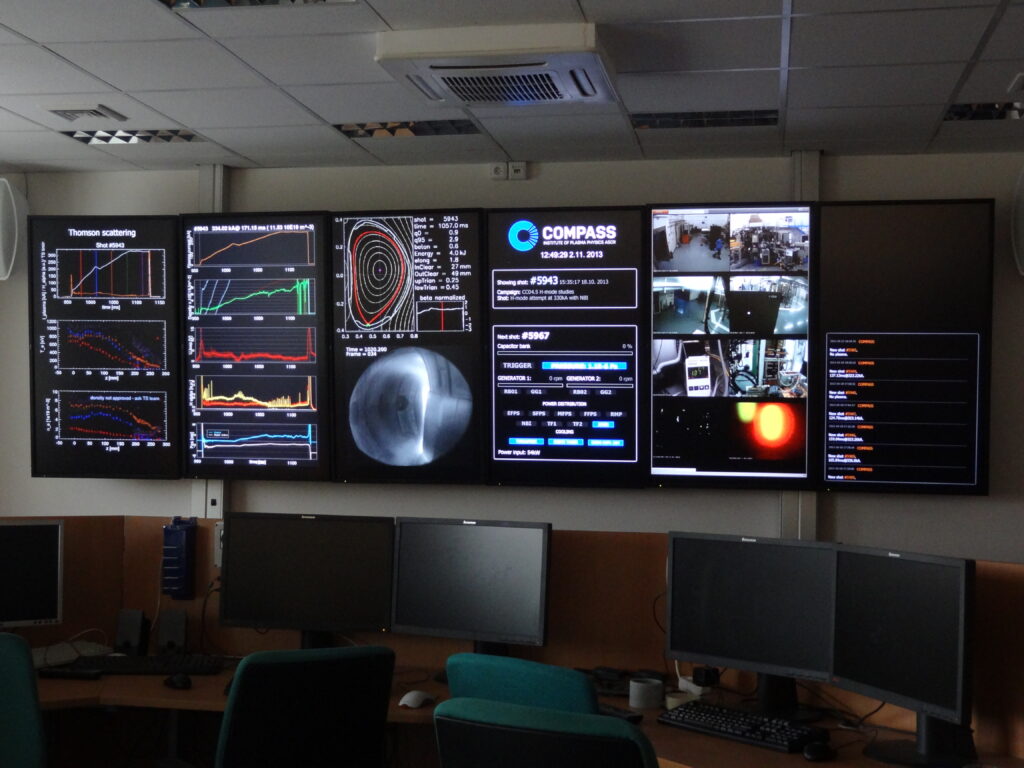Transport security is essential when it comes to providing a client’s complete safety. As an integral part of executive protection, transport security stands out as a service for which there is a growing need and demand.
Given that a large number of attacks can occur just when a client enters, stays in or gets out of a vehicle, transport security must not be overlooked. Providers of transport security services play a significant role in the client’s image and reputation as well.
This part of EP services is not only concerned with the transportation of people. Transport security services are also needed when transporting important documents, large amounts of money and other valuables.
Eager to know more? Than keep on reading.
What Does Transport Security Entail?
Transport security services include a wide range of different services, both for private and public client transportation. In this case, the main goal is to transport the client from one destination to another safely. This service can also include protecting the client while driving, so it’s a combination of physical and mental strength, as well as remarkable driving skills.
This part of executive protection services entails airport pickups and drop-offs, discrete client movement, their public appearances, transportation from their home and office – 24 hours a day if needed. This is very important for all public personalities, VIPs, statesmen, government employees and very wealthy clients. Therefore, transport security services should be reliable, accurate and comfortable.
Most of this service is made up of drivers who are crucial to maintaining the client’s safety – no premium vehicle or top equipment can compensate for a driver’s inability.
The secure transportation of high-value assets also demands precise planning and complex security measurements. Jewellery, confidential documents, high price goods, private files, a large amount of cash require a lot more than just being packed in a box and send away on a truck.
People in the industry usually use specific precautions such as armoured safes, unique ways of loading and unloading cargo, unmarked vehicles, select routes for transport and so on. The transport vehicle should also be suitable for the mission, securely sealed and where possible, sent directly to the wanted location.
Potential Risks & Threats
As mentioned, the majority of risk management during transportation is up to professional drivers. But, if we but if we look at external factors that can jeopardize the transportation security of clients or their valuables, there are lots of unexpected elements.
So, here are some of the main risks and threats disrupting the transportation process:
- Road and vehicle insecurity,
- Invasion or theft of the vehicle,
- Emergencies or accidents,
- Espionage,
- Insider assault, and,
- Attacks while entering or exiting the vehicle.
Just as the measures are taken, and the preparation process differs depending on whether people or valuables are transported – as do potential risk factors. Professional drivers in the EP industry cover all of these unwanted outcomes.
Next, let’s see what does it take to provide a quality transport security service.

Vehicle Knowledge and Driving Skills
Focusing on developing driving skills and the preventive maintenance of the vehicle is essential for efficient transport security providers. Physical preparations, weapon handling and adequate equipment, have their share, but are less crucial than driving and vehicular competency.
There are four significant aspects to transport security pertaining to vehicles:
- Familiarization with the vehicle,
- Vehicle emergency management,
- Driving skills level, and,
- Preparing the vehicle and planning the route.
Getting familiar with the vehicle can be decisive when you`re trying to protect your client. It refers to the ability to operate a particular vehicle safely – to know all the buttons, gadgets and assisting tools.
Not knowing the vehicle shows the incompetence of the transport security provider, it can cause complications and an insufficiently rapid response to risky situations. Getting familiar with the vehicle will ensure the client gets to the desired destination safely, on time and without any embarrassing scenarios that can damage their reputation.
Vehicle emergency management is an extended process of familiarization with the vehicle. It is crucial that in times of accidents you know the location of emergency equipment. In every moment, the driver has to know where are his fire extinguisher, first aid kit, spare tire, batteries, torch, fluorescent traffic vest and so on. Some vehicles have specifically designed elements for these kinds of equipment.
Client Relationship
Emergency management in transport security includes the relationship with your client as well. Drivers need to be familiar with some basic information about clients’ health or special needs. This way, they can always have the needed medication and aid near in the vehicle. This information can determine the outcome of a potential accident or injury.
Common driving skills are not enough for transport security services. Drivers need to attend various types of training to cope with a myriad of situations, depending on clients needs. Development training in everyday transport security is equally important. This also includes in-depth knowledge of the safest routes, conditions and road events, as well as backup routes if needed.
Premaintainance of the vehicle and planning ahead of the departure has a special place in transport security. Experienced drivers know that the first thing on the list is to regularly check for the fuel, oil and other fluid levels. Regular service and inspection by mechanics will ensure the vehicle is always up to the challenge.
Route planning is the next step in driver`s efficiency – always have a map and study the routes daily. Important clients cant witness you being on phone GPS navigation system while driving. Not to mention that your eyes should be on the road every second of the drive.
Not as Simple as It Seems
You can see how many factors influence the outcome of transport security missions. No matter whether the client wants the transportation for themself or their valuable possessions, a lot of safety assessments have to be performed.
The diverse range of clients requires the combination of various driving and executive protection skills. Familiarization with the vehicle and knowing of its emergency equipment can also contribute to rapid responses to risks and maintaining client safety.
Since in this profession everything revolves around vehicles, transfer security providers need to have a regular routine of check-ups and maintenance of the vehicle. A faulty vehicle can directly endanger both the employee and the client.



